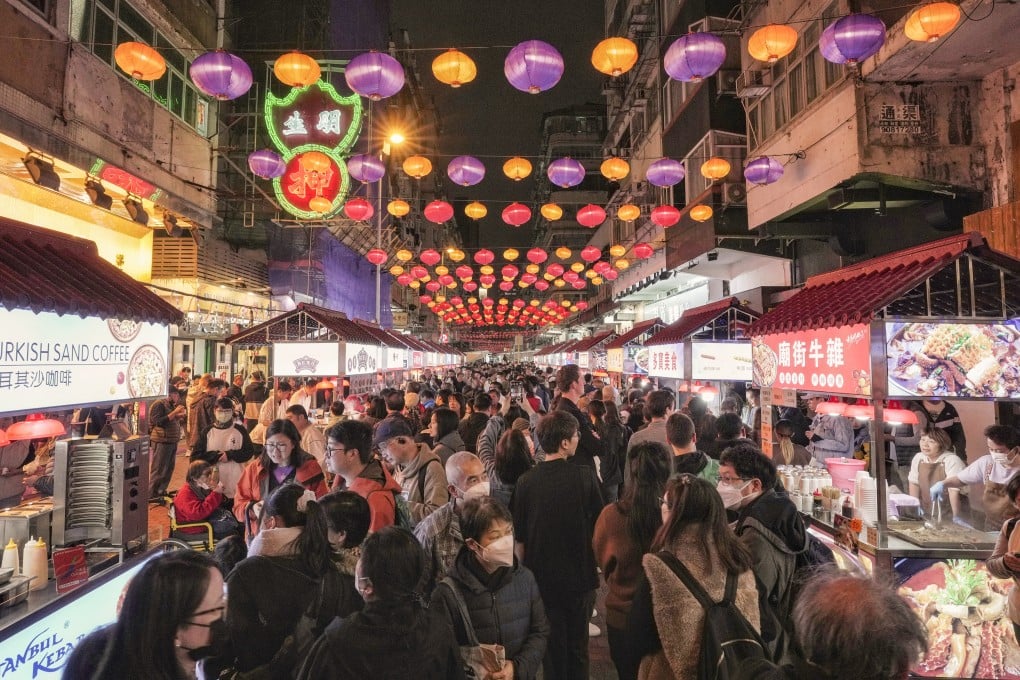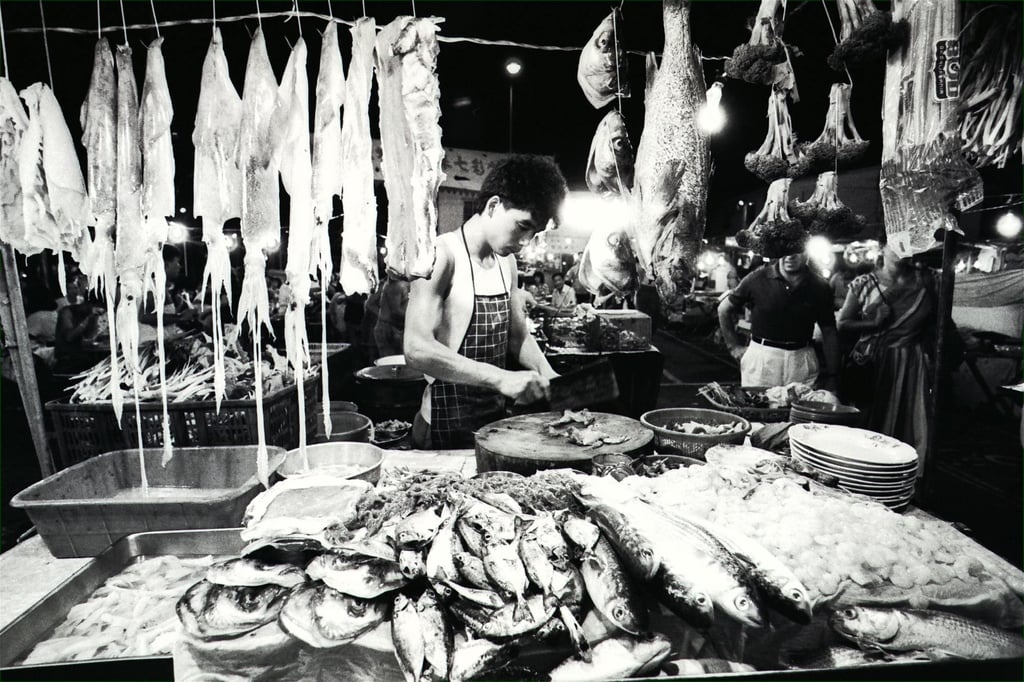Then & Now | Why night markets are a quintessential part of Asian nightlife, from Bangkok to Hong Kong
- A ‘poor man’s nightclub’? For generations, night markets from Taipei to Manila have served up more than snacks, with jugglers, opera and prostitution all on the menu

For centuries, night markets have been a much-loved facet of life across Asia. Generations of patrons have visited, innumerable individual milestones hit. One’s first taste of an ice-cream, hearing a popular song or even a tentative glimpse of one’s future spouse might have occurred under the flaring lights and within the jostling throng at a local night market.
From Calcutta to Singapore, Surabaya to Manila, night markets proved a popular feature of daily life. Hong Kong was no exception and on both sides of the harbour they were visitor hotspots.
Period guidebooks all mention them; one such volume from the early 1930s described Kowloon’s bustling street markets and advised that “the atmosphere of adventure will be more enhanced if the tourist visits at night, for then the magnificently lighted streets and illuminated shops are a spectacle in themselves”.
Climatic conditions were fundamental to their popularity. In hot, tropical places, evenings – usually after an afternoon downpour – brought clear skies and coolness as towns wound down for the night. Residents went out for a stroll to enjoy some fresh air, chat to friends, relatives and neighbours, and perhaps make a few purchases along the way.

To cater to passing trade, open-fronted shops on popular thoroughfares didn’t close their doors; and by nightfall certain streets became pedestrianised precincts as stalls that aimed solely at the evening trade set up for business.
Food vendors also appeared; certain dishes were regarded as evening sustenance. In the absence of other forms of entertainment, street performers such as jugglers and acrobats, or musicians with performing monkeys, turned up. Tricks were performed for a few coppers.

